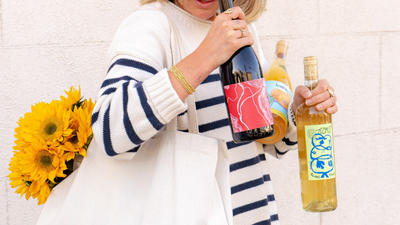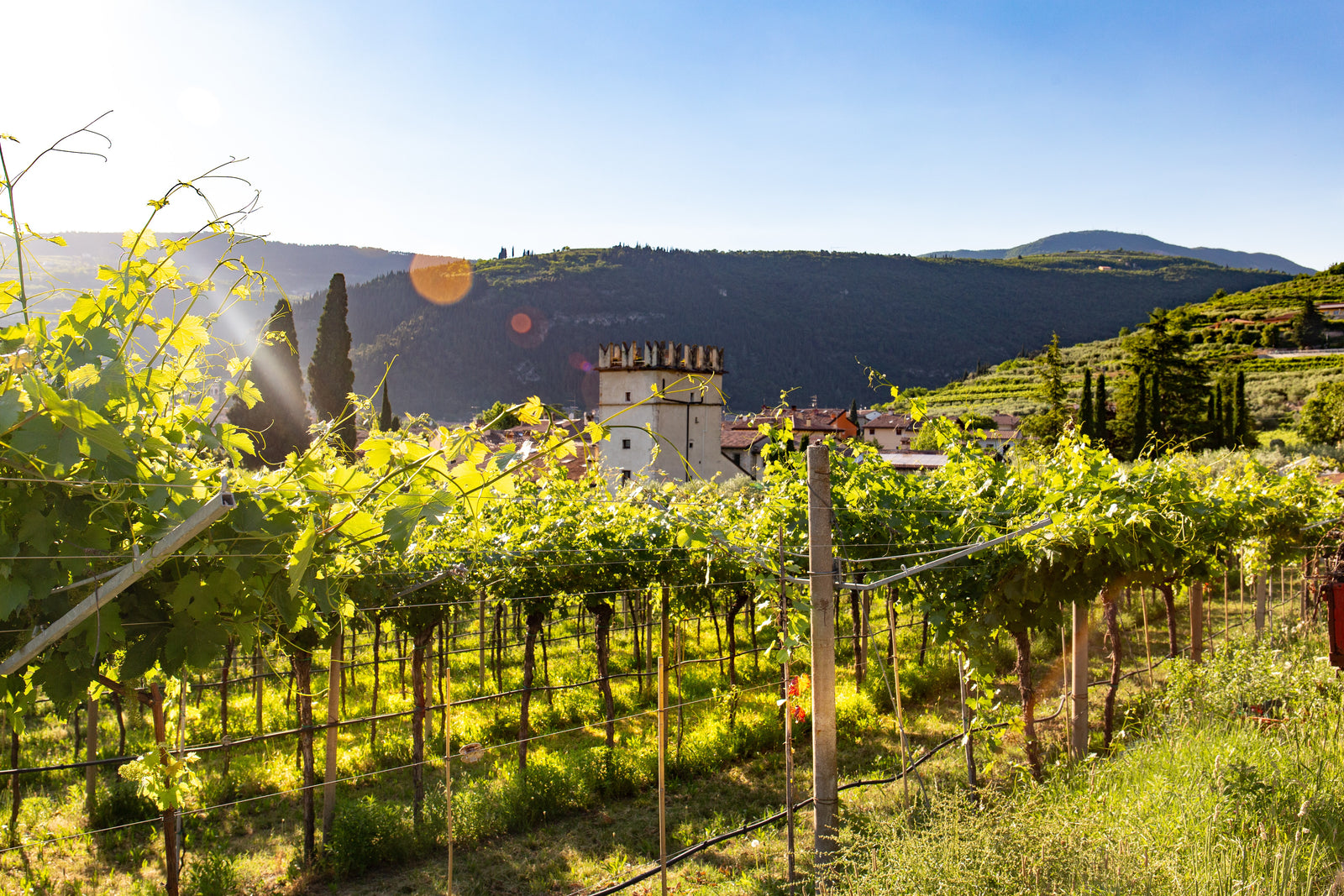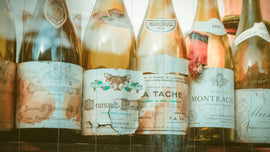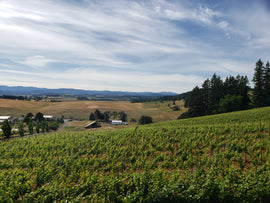Welcome back to Abruzzo, a region of massive mountain peaks and smooth hills rolling down toward the Adriatic coastline.
Four provinces form the region: Chieti, L’Aquila (the capital), Pescara, and Teramo. Abruzzo borders Marche on the north, the Adriatic Sea on east along the coastline, Molise on the south side, and Lazio to the west. 65% of the territory is occupied by the mountain chain of the central Apennines, which includes three national parks (Majella, Gran Sasso, and the National Park of Abruzzi-Lazio-Molise). For these reasons, Abruzzo is considered “the greenest region of Europe.”
This is a place where you can totally restore your body and mind without the stresses of the big cities, like shopping or long lines at museums. Instead, there is natural beauty to explore and small old towns where you can discover some amazing artistic jewels.
In 2009, Abruzzo was hit badly by a major earthquake, causing much death and damage in L’Aquila. Most parts of the old town are still under restoration, but this hasn’t stopped the Abruzzesi from returning to their lives and regaining the town’s status as possessing the region’s best quality of life and highest GDP for the southern regions of Italy.
Tourism and agriculture are the fields that generate the largest chunks of income for the region, and wine plays an important role in both. Recent years have seen more new producers coming up that follow the trail created by classic wineries like Emidio Pepe and Valentini, amongst others.
Thanks to diverse types of soil and microclimate, Abruzzo is consistently producing high quality wines, vintage after vintage. This month, we are presenting two of the latest players in the field. In these dire times we all need some good wines.
Elio Longobardi, Italian Wine Specialist PlumpJack Wine & Spirits – Noe Valley
Inalto-Vini d’Altura di Adolfo De Cecco, Inalto in Rosso, Vino Rosso 2016
About the Winery: Adolfo De Cecco is part of a new generation of wine entrepreneur that has come to the stage in recent years. Adolfo is the young son of Francesco Adolfo De Cecco, who is at the helm of the renowned De Cecco pasta makers’ dynasty. Instead of following his father’s path, Adolfo decided to invest in the exciting project of making wine from high elevation vineyards, in an area that was used as a summer pasture for sheep and cows, and pretty much isolated during the cold season.
The vision was to make wine from a specific cru with the intention to achieve the best expression of a particular grape from that particular site. Alfo pitched the concept to Thomas Duroux, winemaker and general manager of Chateau Palmer, the famous Margaux Third Growth vineyard in Bordeaux. Duroux was immediately intrigued by the project, so much so that he came to Abruzzo immediately. After touring the entire region, De Cecco and Duroux arrived in Ofena, in the province of Aquila, an area almost 500 meters above sea level. This, they decided, was the perfect location to produce refined and elegant wine.
The area is known as Forno d’Abruzzo, Abruzzo's oven, because despite the high altitude, the terrain is shaped like a bowl and retains the heat from the sun, which helps to ripen the grapes uniformly. The cool nights preserve the fragrance and elegance of the fruit.
About the Winemaking: Adolfo concentrates only on the two grapes most representative of the region, Trebbiano and Montepulciano. However, his main concern, as we see, is creating a wine that goes beyond the rigid rules of DOC or DOCG; that’s why you see only Vino Rosso on the label. What counts here is how the wine is made.
Farming is conventional, with particular attention to environmental protection and without the use of herbicides or insecticides, in anticipation of a complete conversion to organic farming.
This wine is 100% Montepulciano d’Abruzzo. The harvest is done manually at the end of October. The grapes are brought to the cellar in small boxes, where they are crushed and de-stemmed, followed by cold maceration (4 degrees) for 12 hours and fermentation at a controlled temperature (20 degrees), 90% in steel and 10% in 500 L, third-run French oak tonneaux. The same barrels are used to age the wine for 14 months. Afterward it is held in bottles for 8 months before release.
Tasting Notes: Ruby red with light purple edges in color. A baked minerality, reminiscent of clay soil rich in marine sediment, envelops the nose along with hints of blackberry and cherry compote. Outstanding elegance in the silky tannins; dry and clean on the palate, with an intense aromatic persistence that make for a long harmonious finish.
Massetti Francesco, Mezzo Pieno, Trebbiano Colli Aprutini IGT 2018
About the Winery: Since the age of 4, Francesco has known what he was going to do when he grew up. He didn’t want to be a doctor or a musician. He wanted to work outdoors in the open air. He wanted to be a farmer.
In 2014, almost 25 years old and with a degree in Agricultural Sciences, Francesco fulfilled his dream. He bought 5.5 hectares in Colonnella, one of the small hill towns facing the Adriatic Sea in the province of Teramo, on the northeast side of Abruzzo.
The property is spread over 8 hectares at an altitude of 110 meters above sea level. Digging through the rows of trees, you can still find the remains of shells where there was once an ancient sea. The main rules are: NO TO CHEMISTRY and YES TO BIODIVERSITY. The rest is the result of clay soil, stones, southeast exposure, and an endless passion.
About the Winemaking: Mezzo Pieno (in English means half full glass) is made 100% from Trebbiano d’Abruzzo, grown on clay soils in hilly vineyards facing the Adriatic, around 500 ft. above sea level.
All the harvest operations are done manually. The spontaneous and malolactic fermentations occur in stainless tanks. There is no skin contact and no filtration. The wine is aged for 10 months in stainless tanks before bottling. This vintage yielded 3000 bottles.
Tasting Notes: Warm, rich gold color with copper hues. A broad bouquet of ripe fruit including Williams pear, yellow peach, dried mango, and a touch of balsamic woody spices rise from the glass. The taste recalls those olfactory impressions along with marked accents of tropical fruit and Mediterranean herbs. This is a wine with an important pedigree made to last for another five years or more.





